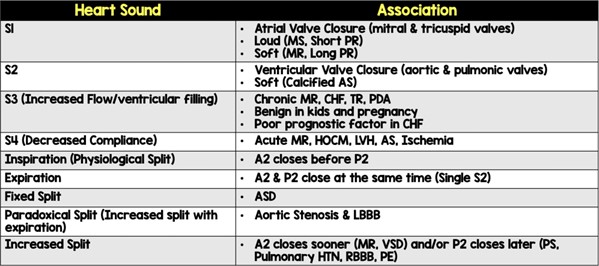An older postoperative client has the nursing problem, "Impaired mobility related to fear of falling." Which desired outcome best directs the practical nurse's (PN) actions for this client?
The client will use self-affirmation statements to decrease fear.
The client will ambulate with assistance for q4 hours.
The physical therapist will instruct the client in the use of a walker.
The PN will place a gait belt on the client prior to ambulation.
The Correct Answer is B
While all of the options address the issue of impaired mobility related to fear of falling, the desired outcome of ambulating with assistance q4 hours is the most specific and measurable goal. This outcome focuses on promoting mobility and addressing the client's fear of falling by providing the necessary assistance during ambulation. It ensures that the client is engaging in regular activity and working towards regaining mobility.
The other options address different aspects of the nursing problem:
A. "The client will use self-affirmation statements to decrease fear" is a potential intervention that can be used to address the client's fear of falling, but it does not directly address the issue of impaired mobility.
C. "The physical therapist will instruct the client in the use of a walker" is an intervention that can be helpful in improving mobility, but it does not specify the frequency or timing of ambulation.
D. "The PN will place a gait belt on the client prior to ambulation" is a specific intervention that ensures the safety of the client during ambulation, but it does not address the frequency or timing of ambulation.
Nursing Test Bank
Naxlex Comprehensive Predictor Exams
Related Questions
Correct Answer is C
Explanation
The client finding that necessitates immediate attention by the practical nurse (PN) is a client who is having bright red drainage from the rectum following a colonoscopy with polyp removal. Bright red rectal bleeding can indicate active bleeding and immediate intervention is required to assess the severity of the bleeding, control the bleeding if possible, and prevent further complications.
A. The older client with a blood pressure of 100/70 after receiving meperidine for pain may require further assessment, but it does not indicate an immediate life-threatening condition.
B. Pink urine draining from the indwelling urinary catheter following a transurethral prostatectomy may be expected due to the surgical procedure, but it should still be monitored.
D. Brown-green bile draining from a T-tube after cholecystectomy for cholelithiasis is also an expected finding.
Correct Answer is ["A","D"]
Explanation
S3 is an extra heart sound that occurs during diastole (the filling phase of the cardiac cycle). It is commonly associated with conditions such as heart failure and volume overload. S3 is often described as a low-frequency, dull, and distant sound heard after S2 (the second heart sound).
B, C- S1, and S2 are the normal heart sounds that are typically heard in all individuals. S1 is the first heart sound, heard as "lub," and is caused by the closure of the mitral and tricuspid valves. S2 is the second heart sound, heard as "dub," and is caused by the closure of the aortic and pulmonic valves. These sounds are normal and expected.
S4 is another abnormal heart sound, which occurs during late diastole and is associated with conditions such as ventricular hypertrophy and reduced ventricular compliance.

Whether you are a student looking to ace your exams or a practicing nurse seeking to enhance your expertise , our nursing education contents will empower you with the confidence and competence to make a difference in the lives of patients and become a respected leader in the healthcare field.
Visit Naxlex, invest in your future and unlock endless possibilities with our unparalleled nursing education contents today
Report Wrong Answer on the Current Question
Do you disagree with the answer? If yes, what is your expected answer? Explain.
Kindly be descriptive with the issue you are facing.
